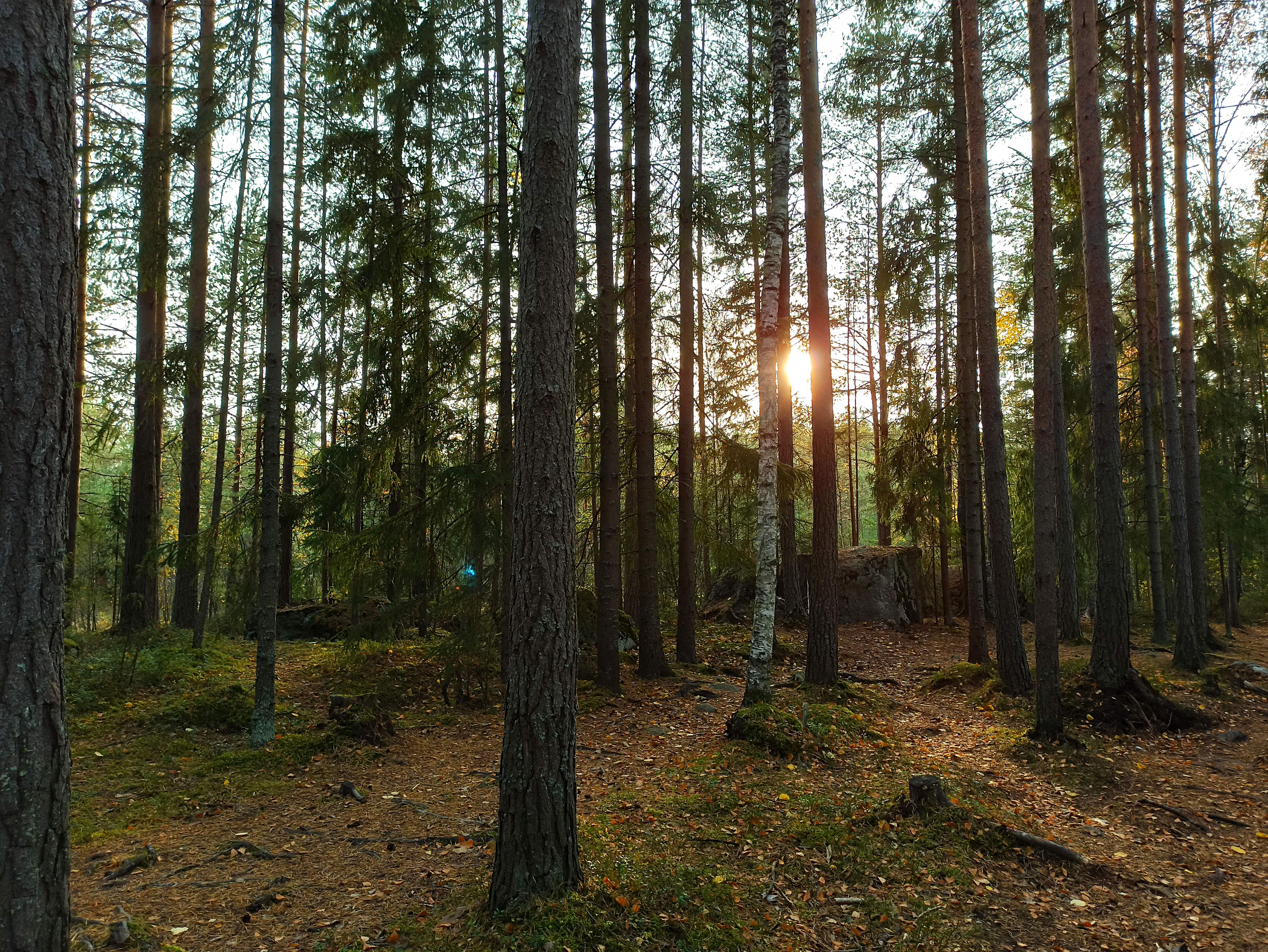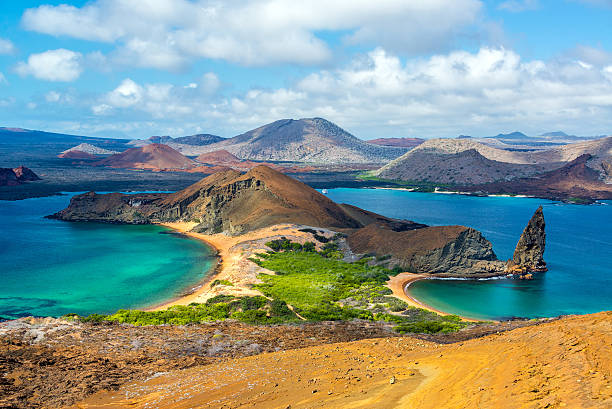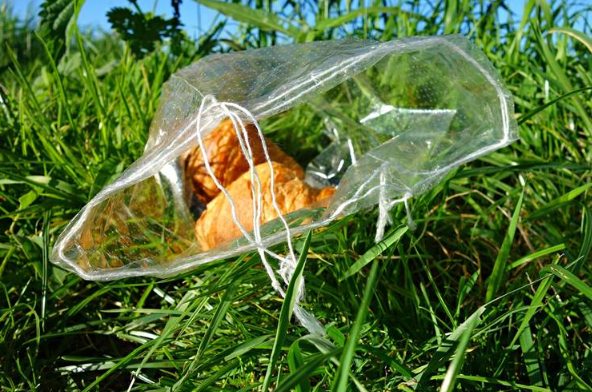When people think of Galapagos Islands and a threat to the archipelago, they often think of the numerous unique fauna on the islands and something nefarious that directly destroys them. However, the truth is that the marine ecosystem of the archipelago is just as unique with regards to it’s biodiversity, and a possible change to said ecosystem would also devastate the iconic terrestrial fauna. And the main threat to the marine ecosystem of Galapagos Islands is a marine bioinvasion, as the species in the ecosystem are not adapted to compete against species from the outside world, and even a small change could break the delicate balance of the archipelago, perhaps irreversibly.
Current invasive species in the Galapagos marine reserve. These species have already interrupted the balance of the archipelago, and countermeasures are naturally extremely difficult to implement because of the fact that the area of the marine reserve is 133,000 square kilometers, which means that any possible attempt to purge these species from the reserve would require a momumental effort. This is why it’s vital that we take advantage of pre-emptive measures to protect the archipelago effectively.

High-risk potential invasive species to the Galapagos marine reserve. In the event that any of the species below makes it to the marine reserve and propagates, the consequences would most likely be dire for the entire archipelago. This is because as established before, the terrestrial and marine ecosystems are inextricably intertwined, with the end of one surely spelling the end for the other.

What can we do to save the wondrous archipelago?
Luckily, there are multiple measures we can take to prevent a possible marine bioinvasion of the archipelago from happening in the first place. Here is just a few of them:
1. Raising awareness of the credible threat that a marine bioinvasion poses to the archipelago as a whole, as many bioinvasions happen because of the negligence of civilians that sail in the marine reserve or near it.
2. Monitoring the intertidal zones of Galapagos islands vigorously: they are among the first spots in which invasive species try to settle in, making them a top priority.
3. Checking the hull of each ship that visits any harbor in the marine reserve. Work groups should be established in every harbor to conduct inspections in vessels coming from outside of the reserve to find any potential invasive species that they may carry.
4. The patrols conducted by the Ecuadorian navy should be regulated to take invasive species into account, as they could function as possible bioinvasion vectors. This should include cleansing and inspection protocols every time they enter the marine reserve.
5. Every institution and tourism company should acquire chlorinated pools and wash all equipment that is used in tourist activities to prevent carrying invasive species around.
6. The most important part in evaluating potential invasive species is ascertaining the threat level it poses with regards to the potential changes in biodiversity and ecosystem.




